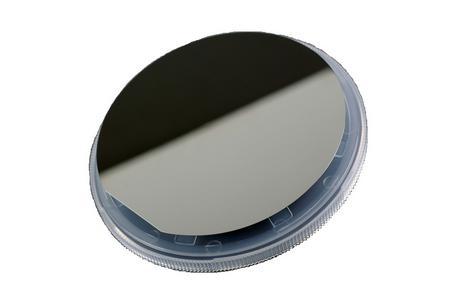Things produce shade by either absorbing or by reflecting light.
Things which are black do not necessarily absorb more nor reflect more UV light than white things do. Things are black because they do not reflect VISIBLE light. Zinc oxide and titanium oxide are both white and both block UV light (hence their use in preventing sunburn). Titanium oxide is a common colorant in white paint.
In fact, I have invented siloxane polymers specifically to absorb deep-UV light (193nm and 248 nm wavelengths) in order to aid patterning of computer chips. The 248 chromophore is yellow and the 193 chromophore is
transparent to visible light. (phenyl absorbs 193nm so we just use a phenyl-siloxane).
You can take a highly reflective material like monocrystalline silicon and make it pure black by modifying the surface to prevent reflection while not adding chromophores at all.
A polished wafer:

this is unpolished:

No longer reflective like a mirror but clearly not black.
But this is a wafer etched specifically to be a solar cell. The surface has been etched into a pattern of pyramids so that the fraction of light which is reflected at the first surface is then directed into another surface where the same fraction is abosorbed &c. The goal with a solar cell is to have as much light as possible pass into the cell where it can be converted to electricity.:

This is the pattern.

You really are an absolute, utter total, and complete moron.
yrs,
rubato






